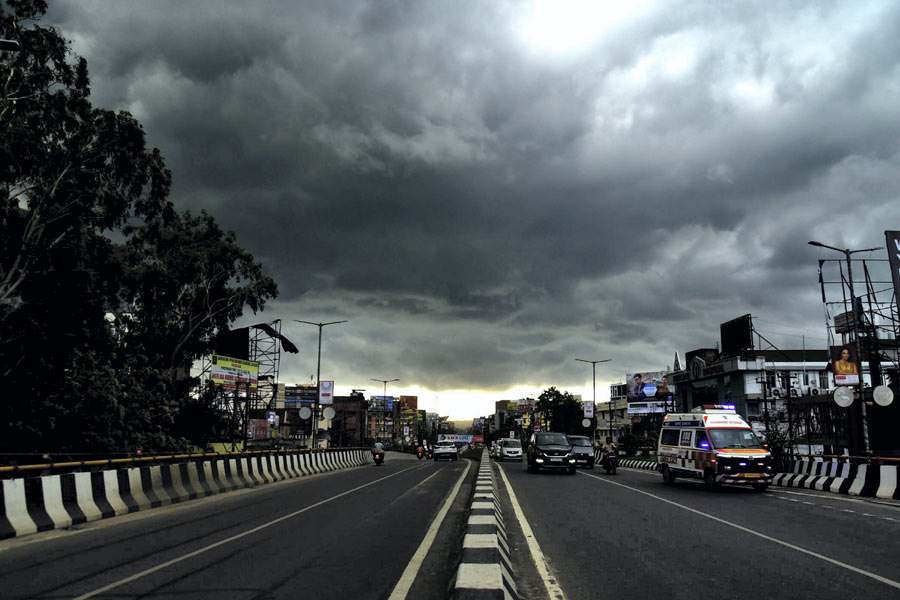 |
What is it that enables one car to glide over any road, be it good or bad, while another struggles over even the gentlest of bumps? While the price of the car and its tyres play a significant role, what really makes the difference between a smooth ride and an uncomfortable, bone-rattling one is the suspension.
Suspension systems have been evolving ever since man discovered the wheel and started using it as a means to provide motion. Early car suspensions were little more than ideas borrowed from horse-drawn carriages. Thankfully, automobile technology has come a long way since then and now, superior systems are available that allow comfortable cruising in your car. What?s more, the manner in which the suspension has been set up also makes all the difference between a car?s sharp, go-where-you-point-it handling and loose, wayward handling.
Basically, the car?s suspension has two jobs. First and foremost, it has to absorb shocks due to imperfections on the road surface so that the occupants can travel without discomfort and fatigue. Secondly, the suspension keeps the wheels on the road so that contact is maintained between the tyre and tar. Consequently, friction between the two allows the car to move in whatever direction the driver desires.
One of the most basic systems for the rear suspension is the leaf spring suspension. This consists of a beam (axle) that connects two wheels on either side of the car. Leaf springs comprise several strips of spring steel one on top of another and these are mounted on the two wheel-ends of the beam. When the beam is forced up by the tyre, the friction that exists between the several strips or leaves provides resistance and causes damping of the movement. The leaf spring also locates the axle beam and prevents it from moving.
There are two types of axles used in beam-type suspensions. One is the dead or rigid axle, which is just a beam and the second is the live axle, which houses the differential and the drive shafts to the wheels. The latter is used in the case of rear-wheel-drive cars. For examples of dead axles, take a look at the rear suspension of a Maruti 800 while live axles can be seen in both Ambassadors and Padminis. This is not the best option for a suspension system in terms of both ride and adhesion to the road as the entire axle is susceptible to bumps, which are transmitted to the passenger cell.
Modern cars have found a way around the live axle. This is called IRS or independent rear suspension. Here, in the case of a rear-wheel-drive car the differential is mounted on the floor of the car while the drive shafts have universal joints to enable them to track the movement of the wheels easily and independently. Finally, for true all-round independent suspension, the rear suspension can consist of just an assembly where wishbones are mounted at a central point on the floor pan. The rear suspension of the Mitsubishi Lancer is a good example of this.
A superior alternative, however, is independent suspension. Here the wheels on either side of the car can move independently of one another. This is achieved through wishbones, which are acknowledged to be the best and struts, called MacPherson after the person who invented them. In the case of the former, two arms shaped like the letter A are used.
These are located one above the other and one end each of both arms is connected to the car body while the other ends are connected to the hub upon which the wheel is mounted. The two arms move up and down freely as the wheel/tyre rides over the road?s imperfections. Additionally, to prevent the arms from moving excessively and violently as would be the case when one encounters a pothole at speed, a damper (shock absorber) with a coil spring around it is employed. Such suspension systems can be found in a Formula racing car (Maruti or other) or even older cars like Standard Heralds and Premier Padminis.
The MacPherson strut consists of a long tube, which is mounted on top in the engine bay while the bottom is the mounting point for the wheel assembly. The upper half has a spring coil around it while the lower section is a damper. This system is more convenient than effective and is useful in cars where space is at a premium.
My favourite long drive
 |
Anoushka Manchanda, veejay
While hosting the show [V] On The Run for Channel [V], I had the opportunity of travelling to some of the beautiful places in India by car. My companions, which included veejays Purab and Sarah Jane and I had a wonderful time driving to these places with each of us taking turns at the wheel.
While it?s tough to narrow down my outright favourite, one of the best drives I?ve been on is Kaziranga in Assam. The road to Kaziranga National Sanctuary is marvellous and being maintained by the forest department, you get to see some wonderful natural scenery. We drove in a Maruti Versa and while driving we came across the beautiful flora and the fauna. Not only Kaziranga, but the whole mountainous belt in the north-east is great and the scenery that unfolds is simply spectacular.
Driving down Mumbai to Pune via the Expressway is another wonderful experience. The scenery immediately changes once you are out from the concrete jungle of Mumbai and there are ghats and green paddy fields to give you company. The best part is that, while driving down this road I make it a point to put on the music and just enjoy the drive.
As told to Sushmita Biswas











